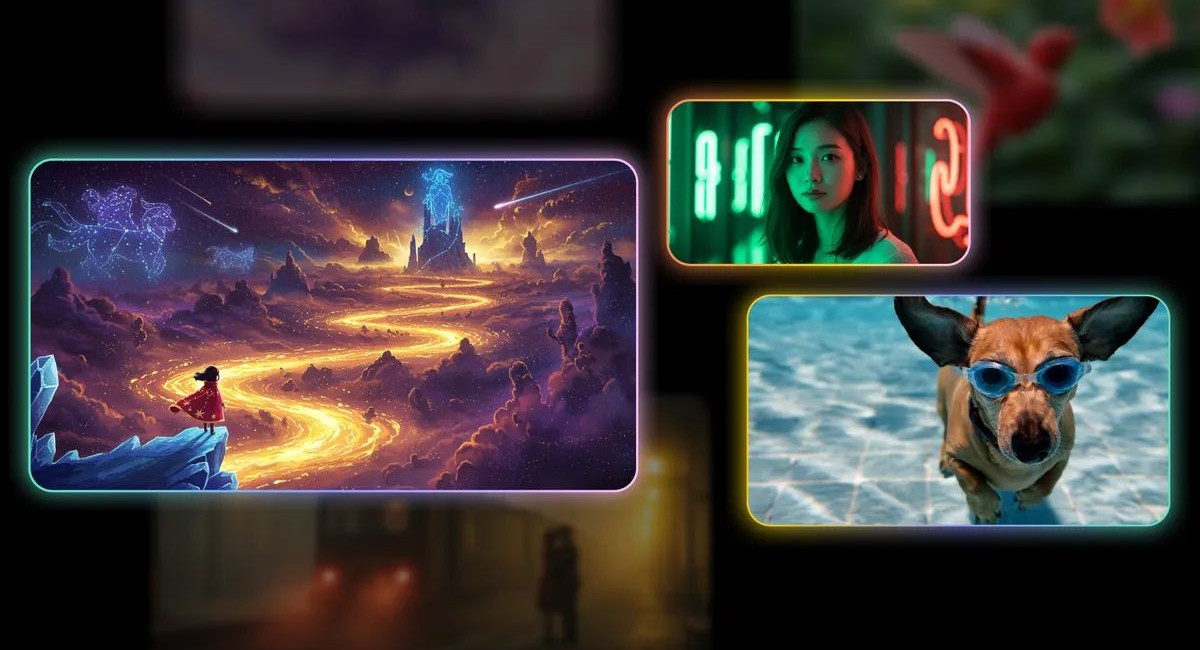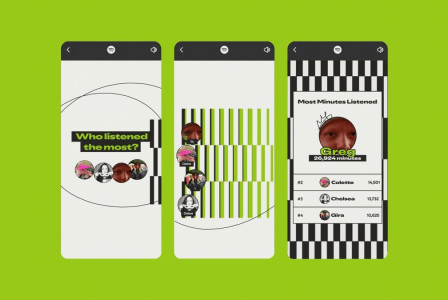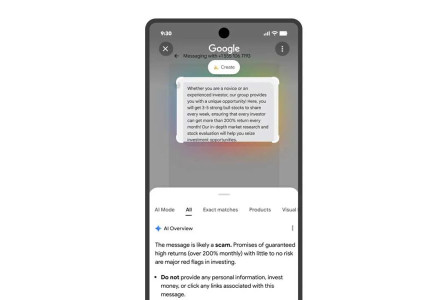SEARCH
Google's powerful Veo 3 AI tool will be integrated into YouTube Shorts

SHARE IT
YouTube is taking a bold step toward embracing artificial intelligence by deepening its integration with Veo 3, Google's advanced AI video generation model. Rather than limiting or restricting AI-generated content, the platform is creating more space for it—specifically within YouTube Shorts.
Veo 3 represents the latest evolution in Google’s AI video capabilities, pushing the boundaries of what machine-generated content can achieve. The quality of the outputs is increasingly difficult to distinguish from traditionally produced videos, a fact that’s already visible in numerous examples circulating online. The technology’s ability to replicate human-like cinematography and storytelling has left many viewers astonished.
In a move that reinforces Google's strategy of aligning its major platforms, the company has announced its intention to integrate Veo 3 into YouTube Shorts. While the exact nature of this integration has yet to be revealed, it’s clear that the goal is to make it easier for users to generate and share AI-created content within YouTube’s short-form video ecosystem. Whether this functionality will remain exclusive to Shorts or expand into YouTube’s broader video infrastructure is still uncertain.
What is certain, however, is Google’s direction: empowering users to tap into AI as a creative tool, rather than treating it as a novelty or niche feature. By incorporating Veo 3 into a platform as widely used as YouTube Shorts, the company is signaling its belief that AI content isn’t just acceptable—it’s the future of video creation.
Of course, the decision raises several pressing questions. How will YouTube handle copyright issues when content is generated entirely by an AI model? Will creators be allowed to monetize AI-generated videos? And how will content be vetted to comply with international regulations and community guidelines? Google has not provided answers to these concerns yet, but the upcoming rollout is expected to clarify many of these policies.
Some speculate that the integration may begin as a refinement of Veo’s existing role in background and visual enhancements, which has already been deployed in various Google features. However, the full potential of a seamless Veo 3 integration lies in empowering users to generate entire videos from prompts, scripts, or even just concepts.
Beyond video generation itself, Google is also focusing on how AI can support creators behind the scenes. Language translation remains a major hurdle for reaching global audiences, and Google’s Auto Dubbing tool is already addressing that challenge. With support for nine languages and plans to expand to 11 more, creators will soon be able to reach vastly broader audiences with minimal effort.
While many details remain under wraps, the integration of Veo 3 with YouTube Shorts is set to roll out later this summer. As AI-generated content becomes more normalized, YouTube appears ready to lead the charge, offering tools and infrastructure that may reshape how video content is created and consumed across the globe.
MORE NEWS FOR YOU

 Help & Support
Help & Support 

